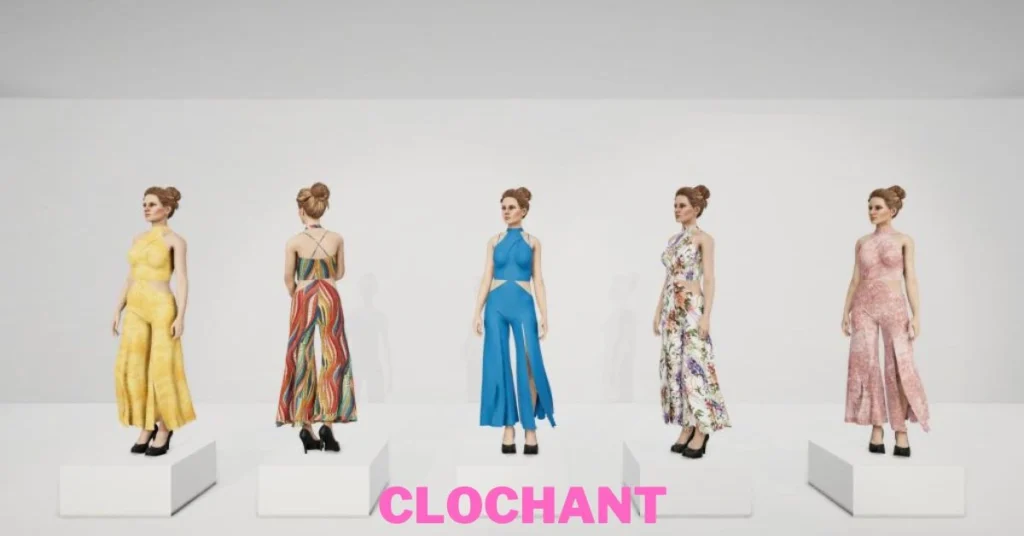Introduction
In the ever-evolving world of fashion and lifestyle, the term “clochant” emerges as a fascinating subject that warrants deeper exploration. While not universally known, “clochant” carries significant implications within specific contexts. This essay aims to provide a comprehensive understanding of “clochant,” including its origins, its relevance in fashion, its cultural significance, and its impact on contemporary trends.
The Origins of Clochant
To understand “clochant,” we must first explore its origins. The term is derived from the French word “clochant,” which historically refers to a bell tower or belfry. In French architectural terminology, it denotes the part of a church building that houses the bells. The design of a clochant is often characterized by its vertical prominence and intricate detailing, which reflects the architectural style of its time.
However, in the context of fashion and lifestyle, “clochant” has evolved from its traditional roots to embody a more abstract concept. It represents an aesthetic and a trend that draws inspiration from historical architecture and integrates it into modern design. Understanding this transformation requires a closer look at how historical elements influence contemporary fashion.
Clochant in Fashion
In recent years, the influence of historical and architectural elements on fashion has become increasingly evident. Designers and fashion houses are continually inspired by various historical periods, and “clochant” is a prime example of this trend. The integration of clochant-inspired elements into modern fashion reflects a broader movement towards incorporating architectural aesthetics into everyday wear.
Architectural Inspiration
The design of clochants, with their tall, imposing structures and detailed craftsmanship, serves as a rich source of inspiration for fashion designers. Elements such as intricate patterns, structured silhouettes, and elaborate embellishments are borrowed from clochant architecture and adapted to create unique clothing lines. These designs often feature vertical lines, bold contrasts, and a blend of traditional and contemporary materials.
Modern Interpretations
Modern interpretations of clochant-inspired fashion often involve the use of innovative materials and techniques. Designers may experiment with fabrics that mimic the texture and appearance of historical architectural elements, such as velvet or brocade, to evoke the grandeur of clochants. Additionally, contemporary fashion may incorporate architectural motifs into accessories, such as jewelry and handbags, further emphasizing the connection between history and modernity.
Cultural Significance of Clochant
The cultural significance of “clochant” extends beyond its architectural and fashion implications. The term also carries symbolic meanings that reflect broader cultural and societal themes.
Symbolism of Architecture
In many cultures, bell towers and clochants symbolize community, spirituality, and tradition. They often serve as focal points in town squares or church complexes, representing the heart of communal life. The integration of clochant-inspired elements into fashion can thus be seen as a way of celebrating and preserving cultural heritage while making it accessible to contemporary audiences.
Influence on Lifestyle
The influence of clochant-inspired fashion on lifestyle is also noteworthy. As fashion trends often mirror societal values and attitudes, the adoption of clochant aesthetics in everyday wear reflects a growing appreciation for historical and cultural elements. This trend can be seen in the popularity of vintage-inspired clothing, the revival of traditional craftsmanship, and the increasing emphasis on sustainability and ethical fashion.
The Impact of Clochant on Contemporary Trends
The impact of clochant-inspired design on contemporary fashion trends is significant. As consumers become more interested in historical and architectural references, designers are increasingly incorporating these elements into their collections.
Revival of Historical Styles
One of the key impacts of clochant-inspired design is the revival of historical styles. By reimagining traditional architectural elements in modern fashion, designers create a bridge between the past and the present. This revival not only brings historical aesthetics back into the spotlight but also fosters a deeper appreciation for the craftsmanship and artistry of bygone eras.
Integration of Sustainability
The trend towards clochant-inspired fashion also aligns with a broader movement towards sustainability in the fashion industry. Many designers are incorporating recycled materials and ethical practices into their collections, reflecting a commitment to preserving cultural heritage while minimizing environmental impact. This integration of sustainability with historical design elements represents a forward-thinking approach to fashion that respects both tradition and the environment.
Future Directions for Clochant-Inspired Fashion
As the fashion industry continues to evolve, the future of clochant-inspired design holds exciting possibilities. The integration of historical and architectural elements into modern fashion is likely to grow, driven by ongoing interest in cultural heritage and sustainability.
Innovations in Design
Future innovations in clochant-inspired fashion may involve the use of cutting-edge technology to create new interpretations of traditional elements. Designers may explore digital fabrics, 3D printing, and other technological advancements to push the boundaries of how historical aesthetics are represented in contemporary clothing.
Global Influence
The influence of clochant-inspired design is not limited to a specific region or culture. As global fashion trends continue to merge and influence each other, the impact of It aesthetics is likely to extend beyond its original context. This cross-cultural exchange will lead to a richer and more diverse interpretation of historical and architectural elements in fashion.
Conclusion
In conclusion, “clochant” serves as a compelling example of how historical and architectural elements can be reimagined in contemporary fashion. Its origins in French architecture provide a foundation for its adaptation into modern design, reflecting a broader trend towards integrating cultural and historical references into everyday wear. The significance of It extends beyond fashion, encompassing cultural symbolism and lifestyle implications. As the fashion industry continues to innovate and evolve, the impact of It -inspired design is likely to grow, offering exciting possibilities for future trends and global influences. Understanding and embracing these elements not only enriches our appreciation of fashion but also fosters a deeper connection to our cultural heritage.
Read More: Play Heardle 60’s: Challenge Yourself with the Greatest Songs of the 1960s






